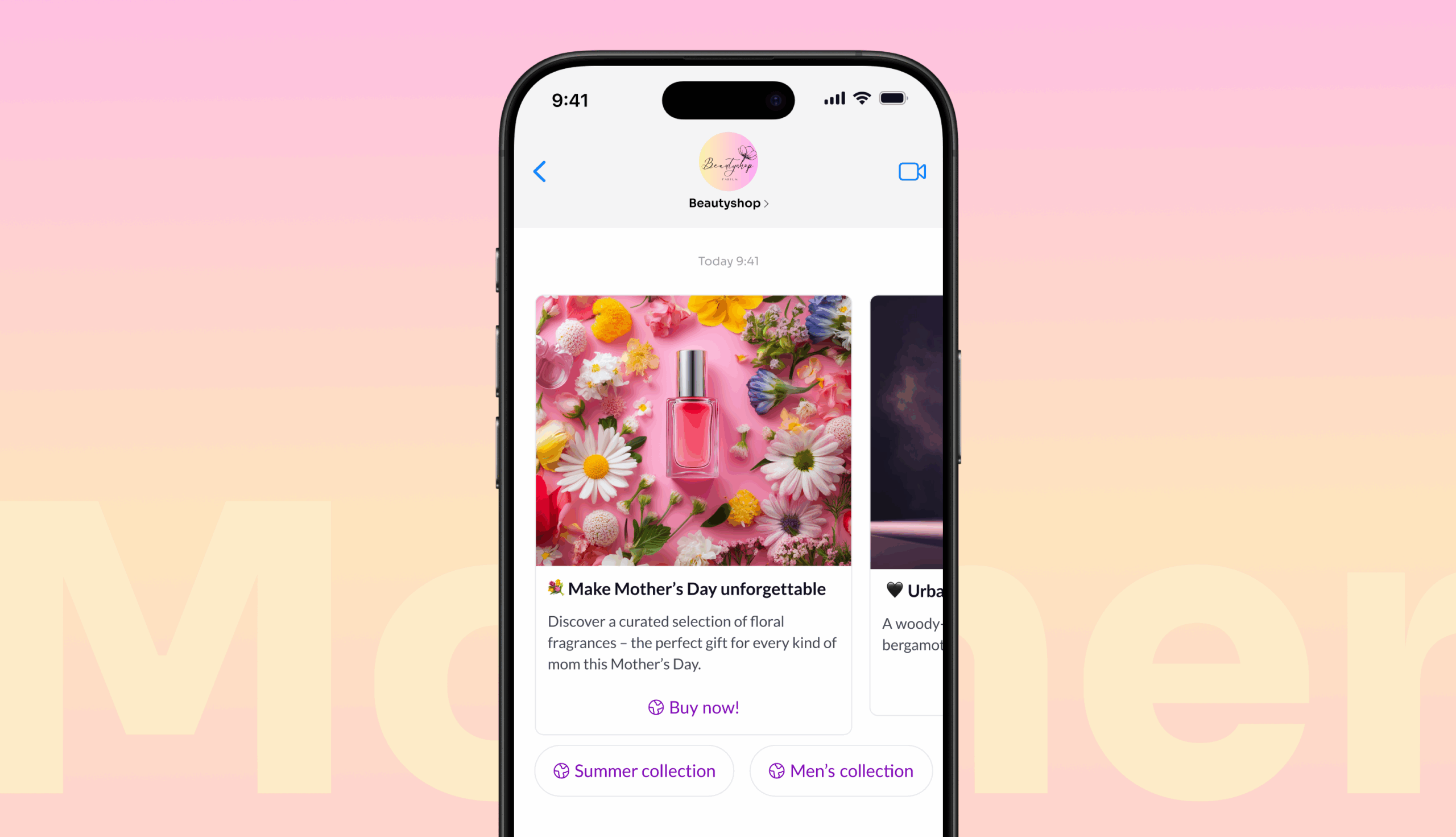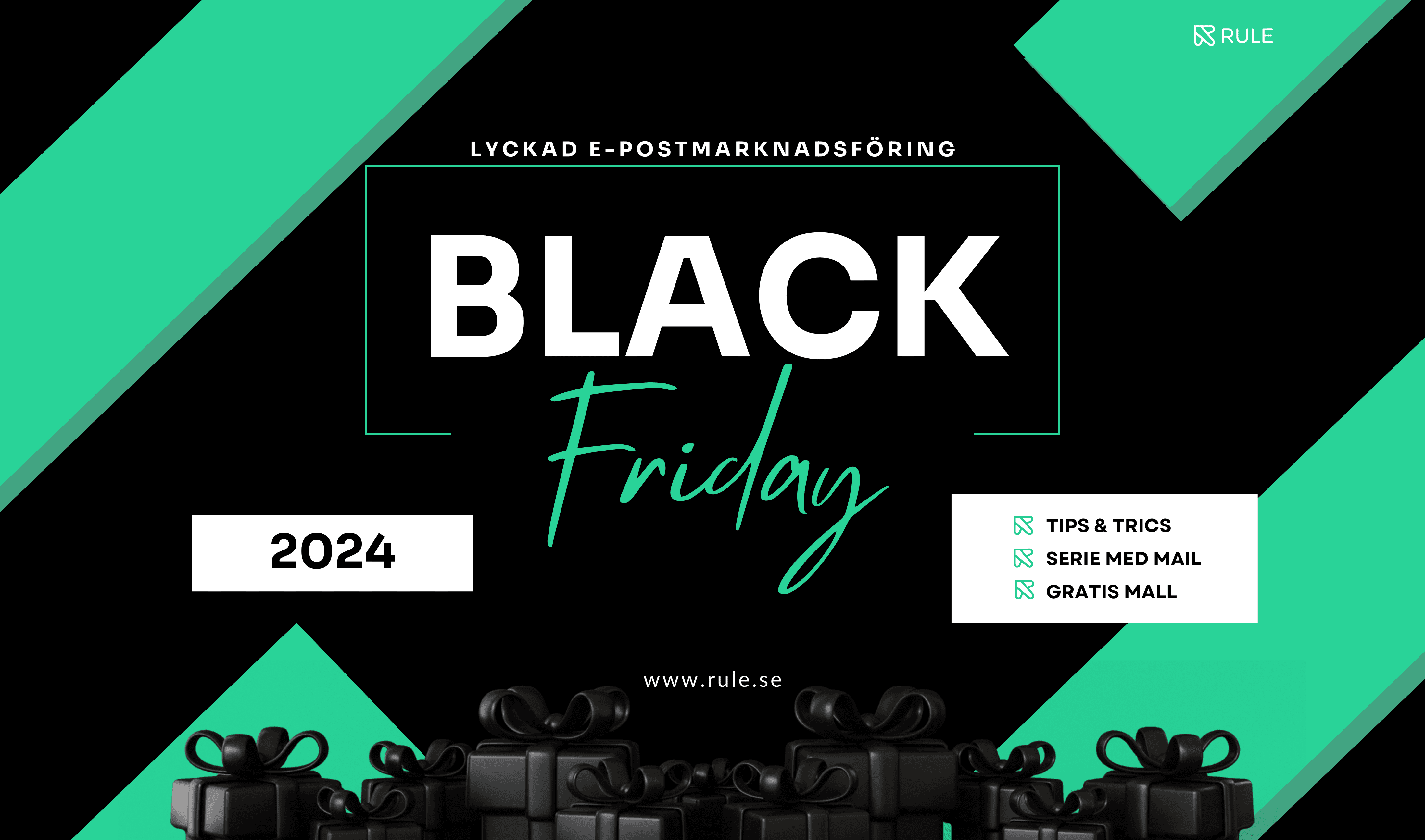Segmentation is an essential part of marketing that can help companies reach the right audience with the right message and time. Segmentation is dividing your customer base into segments based on specific characteristics or behaviors and tailoring your marketing to each segment. By using segmentation in your email marketing, you increase the chance of your messages reaching the recipient. In this article, we will explore what segmentation is and why it is important, as well as provide examples of how you can use segmentation to optimize your marketing.
What is segmentation?
Segmentation Segmentation involves dividing your customer base into smaller, defined groups or segments based on common characteristics or behaviors. These characteristics can be demographic, such as age, gender, geographic location, or income level, or behavioral, such as purchase history, interests, preferences, or behaviors on your website. By segmenting your customer base, you can create more relevant and customized marketing campaigns for each segment, leading to higher engagement and better results.

Why is segmentation important?
Segmentation is important for several reasons First, it allows you to create more personalized and customized campaigns that are more relevant to your customers. When you send messages tailored to each segment, they are more likely to be perceived as pertinent information rather than generic messages. This thus increases the interest and response from your customers.
Second, segmentation can help you save time and resources by focusing on the most profitable and exciting segments. By identifying the segments most likely to convert or have the greatest potential to become loyal customers, you can optimize your marketing budget and resources to maximize return on investment (ROI).
Example of segmentation
There are different ways to segment your market, and what works best depends on your industry, your products or services, and your target audience. Here are some examples of different segmentation criteria:
Demographic segmentation
Demographic segmentation involves segmenting your market based on demographic factors such as age, gender, income, education, and family status. For example, you can target your marketing to a younger audience if you sell products that are more relevant to that age group or adapt your marketing to suit different income levels.
Geographic segmentation
Segment your market based on geographic factors such as geographic location, country, region, city, or zip code. For example, you can tailor your marketing for different regions or cities based on cultural, linguistic, or geographic differences. For example, if you sell clothes, you can adapt your marketing for different seasons or climate zones.
Behavioral segmentation
This means segmenting your market based on customer behaviors, such as purchasing behavior, loyalty, interest in products, or involvement in previous marketing campaigns. For example, you can create segments based on past purchase habits, such as frequent customers, repeat customers, or inactive customers, and tailor your marketing to encourage additional purchases or reactivation of inactive customers.
Psychographic segmentation
Psychographic segmentation means segmenting your market based on customers’ lifestyles, values, personalities, or interests. For example, you can create segments based on different lifestyle groups, such as eco-conscious customers, health-conscious customers, or technology enthusiasts, and tailor your marketing to appeal to these segments.
Customer segmentation
This means segmenting your existing customer base based on various criteria to understand their needs, preferences, and behaviors. By segmenting your current customers, you can create more targeted and personalized marketing to increase customer loyalty and encourage more purchases. For example, you can segment your customers based on their buying habits, preferences, or geographic locations and send customized emails or offers based on these segments.

How to implement segmentation in email marketing?
Email marketing and SMS are two of the most effective channels for reaching your customers directly and personally. Applying Rule’s segmentation tools to your email marketing and SMS allows you to tailor your messages to be more relevant, engaging, and with your customers. Here is some things segmentation in Rule can help you with:
- Collect relevant data: To segment your email lists, you need access to relevant data about your customers. It can be data such as demographics, purchasing habits, interests, behaviors, or other relevant information. You can collect in n this data using various methods, such as including questions in your opt-in forms, conducting surveys, analyzing existing customer data, or using tracking technologies on your website or in your emails.
- Analyze and segment data in Rule: Once you’ve collected enough data, you can easily import that data into Rule and segment your customers based on the collected data. In Rule, you can then segment your customers according to your chosen criteria, such as demographics, geography, behavior, or interests.
- Create custom emails: Once you’ve segmented your customers in Rule, you can create custom newsletters for each segment. Tailor your email mailings’ content, message, and offers based on the specific needs, preferences, and behaviors relevant to each segment. For example, if you have a segment of customers interested in fitness products, you can send them emails with fitness-related content and offers. This makes your emails more relevant and engaging to your customers, increasing the chance that they will open, read and act on your emails.
- Test and optimize: It’s important to continuously test and optimize your segments and emails to see what works best for your customers. In Rule, you can try different segmentations, content, and offers to see which produces the best results. You can do this, among other things, through our function for AB testing. Even our integration into Google Analytics can help you track and analyze your campaigns. In Rule, you can also see all the statistics for your campaigns in real-time inside the Rule app. This can help you improve your email marketing and optimize your ROI.

Advantages of segmentation in marketing
Segmentation in marketing and email marketing can bring several benefits to your business. And to finish, here are some of the main benefits:
- Better customer understanding: By segmenting your market and email lists, you gain a deeper understanding of your customers and their needs, preferences, and behaviors. This allows you to create more relevant and engaging marketing campaigns that better appeal to your customers and increase the chance that they will act on your offers.
- Increased customer loyalty: By creating more personalized and relevant marketing, you can increase customer loyalty.. When your customers feel that you understand their needs and preferences, they will be more likely to remain loyal and purchase more from you.
- Higher conversion rates: Customized emails relevant to your customers’ interests and behaviors usually lead to higher conversion rates. When your customers feel they are receiving relevant offers and relevant content, they will be more likely to take action, such as clicking on links, making purchases, or taking desired steps.
- Reduced customer churn: By using segmentation and personalization in your marketing, you can reduce the risk of your customers unsubscribing or stopping interacting with your emails. If you deliver relevant and exciting content, you will keep your customers longer and thus reduce customer churn.
- More effective marketing: With segmentation in your marketing and email marketing, you can avoid sending irrelevant content to your customers, which could annoy them and cause them to unsubscribe or not open your emails. When you create more relevant and customized campaigns, you improve the effectiveness of your marketing and get better results.

Start segmenting with Rule!
The possibilities of segmentation are endless, and there are, as I said, many ways to use segmentation. Now we leave it to you to explore them yourself! Start excelling in your marketing with the help of segmentation in Rule today! Not already a Rule customer? Then book a free demo!







